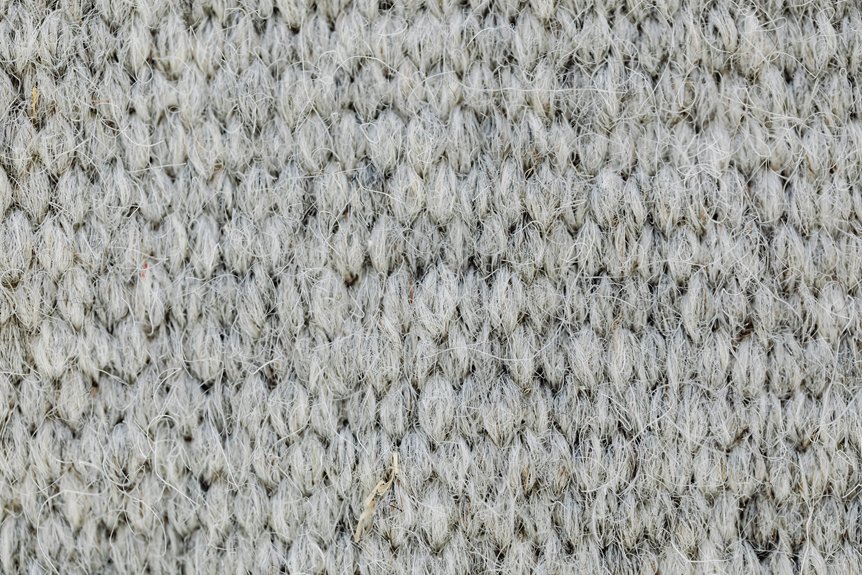Glass wool is an insulation material crafted from recycled glass fibres, designed to enhance energy efficiency and soundproofing. It is produced by melting raw materials at high temperatures and then spinning the molten glass into fine fibres that are formed into mats or batts.
Renowned for its low thermal conductivity and exceptional sound absorption properties, glass wool is commonly utilised in walls, ceilings, and various industrial applications.
In addition to its performance benefits, glass wool also offers significant environmental advantages, as it is made from recycled materials.
When considering installation, it is essential to follow best practices to ensure optimal performance and longevity of the insulation.
Understanding the unique characteristics and benefits of glass wool can help you make informed decisions for your insulation needs.
Composition and Manufacturing Process
Glass wool is primarily composed of natural ingredients such as sand and recycled glass, along with other raw materials. The manufacturing process commences with the melting of these components in high-temperature furnaces, resulting in a viscous, molten glass.
Skilled workers or automated systems then either blow or spin the molten glass into fine fibres. These fibres are collected onto a conveyor and formed into mats or batts, which are subsequently cooled and set.
During production, binders and other additives may be introduced to enhance the material’s structure and durability. The final product is cut into various shapes and sizes, making it ready for use in insulation or other applications.
This process yields a lightweight material, ideal for covering expansive areas while maintaining strength and flexibility, making it a popular choice for a variety of insulation needs in the UK.
Insulation and Energy Efficiency Benefits
Insulation made from glass wool plays a vital role in enhancing energy efficiency in buildings. It effectively reduces heat transfer, helping to maintain stable indoor temperatures while minimising the need for heating and cooling.
With its low thermal conductivity, glass wool provides excellent resistance to heat flow, reducing heat loss during the colder months and preventing heat gain in the summer. This leads to considerable energy savings and lower utility bills.
Furthermore, the porous structure of glass wool traps air efficiently, which diminishes heat transfer through convection, radiation, and conduction. Its porous nature enhances sound-absorption qualities, making buildings more comfortable.
Its lightweight and flexible nature allows for precise fitting, which helps to eliminate thermal bridges and improve the overall efficiency of the building envelope.
These attributes make glass wool an essential material for creating comfortable, energy-efficient spaces that contribute to both savings and sustainability.
Acoustic Performance and Noise Reduction
Due to its fibrous and porous structure, glass wool is exceptionally effective at absorbing sound waves and minimising noise transmission. The fibres create a substantial surface area that captures sound, particularly at lower frequencies such as bass. Using thicker layers can enhance sound absorption further, making it an ideal choice for professional environments. Glass wool can significantly lower noise levels, contributing to a more comfortable setting. Its lightweight design facilitates easy installation without compromising on performance. Below is a table illustrating its acoustic properties:
| Feature | Explanation |
|---|---|
| Sound Absorption | Highly effective across a wide range of frequencies, especially low bass |
| Noise Reduction | Substantially reduces transmission, up to 50 dB |
| Typical Application | Suitable for walls, ceilings, and industrial environments |
Environmental Impact and Sustainability
The environmental impact and sustainability of glass wool are significantly influenced by its production and usage. Several factors determine its eco-friendliness:
Recycling: Glass wool is primarily crafted from recycled glass, which aids in reducing waste and conserving valuable natural resources.
Energy Use: The manufacturing process requires high temperatures, leading to greenhouse gas emissions. However, advancements in technology can enhance energy efficiency during production.
Disposal: Glass wool is non-reactive and can be safely disposed of in landfills, thereby minimising environmental risks at the end of its life cycle. Additionally, the inert nature of glass wool means it does not release harmful substances into the environment over time making it a safe disposal option.
Applications and Installation Guidelines
Glass wool is extensively utilised in a range of building and industrial applications owing to its exceptional thermal and acoustic properties.
In construction, it provides insulation for exterior and interior walls, ceilings, roofs, and floors, aiding in the regulation of indoor temperatures and contributing to reduced energy costs. It’s also incorporated into drywall systems, enhancing overall building efficiency.
In heating, ventilation, and air conditioning (HVAC) systems, as well as in piping, glass wool effectively insulates ducts and industrial pipes. This prevents heat loss and safeguards against fluctuations in temperature.
Its soundproofing capabilities make it particularly suitable for walls, ceilings, and areas where noise sensitivity is paramount, such as machine rooms and automotive cabins. Its versatility makes it suitable for a wide variety of environments, including both residential and industrial settings.
In industrial settings, glass wool is employed to insulate boilers, tanks, and ovens, often featuring coated surfaces tailored for specific environments.
The installation of glass wool is straightforward, as it’s flexible and easy to handle. Adhering to the recommended thicknesses and safety precautions is essential to ensure efficient and long-lasting insulation across various applications.
Conclusion
Glass wool is a versatile insulation material renowned for its exceptional thermal and acoustic properties. Its production entails melting sand and recycled glass to create fluffy fibres that effectively trap heat and sound. This material is widely utilised in homes and buildings across the UK, providing significant energy savings and contributing to noise reduction.
Moreover, glass wool is environmentally friendly, recyclable, and safe when installed correctly. It offers an efficient and sustainable solution for enhancing comfort and energy efficiency in a variety of structures. By choosing glass wool insulation, homeowners and builders can invest in a product that not only improves living conditions but also supports eco-conscious practices.

